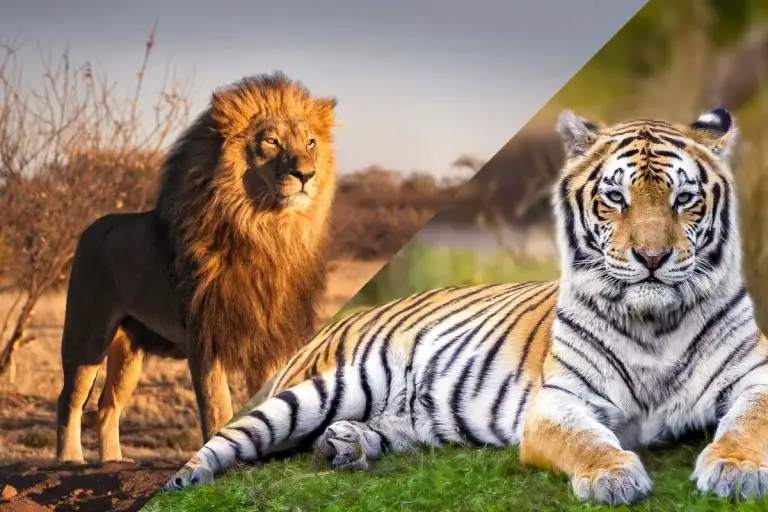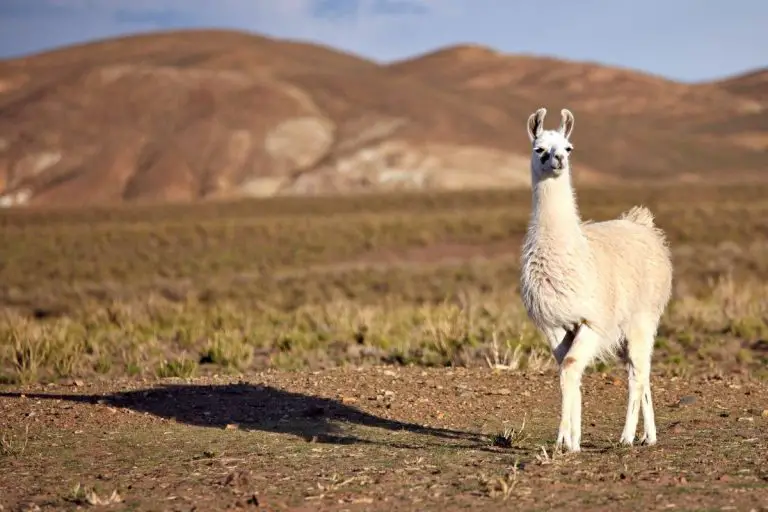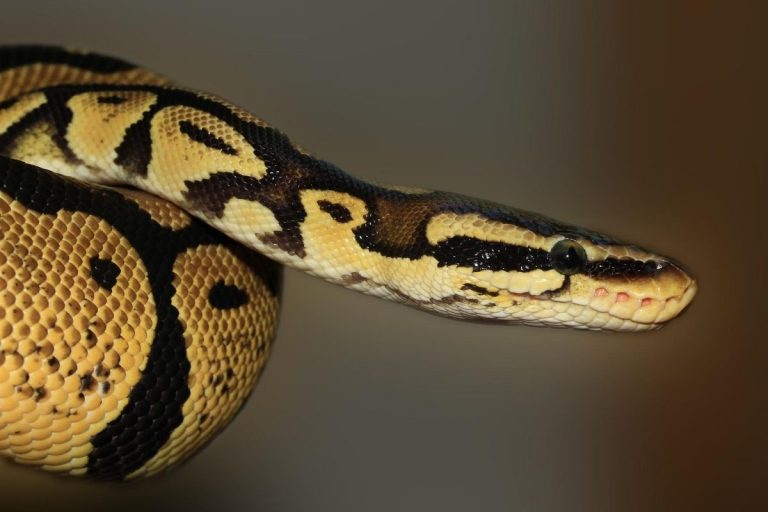7 Key Differences Between Reindeer and Deer
Reindeer and deer are two of the most popular animals in the world. They both have unique features that make them interesting to learn about. In this blog post, I will compare and contrast these two animals.
Reindeer are only found in cold environments, have special hooves for digging through snow, and are migratory animals. Deer can be found all over the world, are good jumpers and climbers, and stay in the same area all year round.
I will cover their physical differences, habitat differences, and predator-prey relationships. By the end of this blog post, you will know everything there is to know about deer and reindeer!
1. Appearance
Reindeer are generally larger than deer, with males (bucks) weighing up to 250 kg (550 lb) and females (does) around 150 kg (330 lb). Deer tend to be smaller, with bucks weighing up to 180 kg (400 lb) and does around 120 kg (260 lb).
Reindeer have a distinctive coat, which includes a thick layer of underfur that insulates them against the cold weather in their Arctic habitat. Deer lack this underfur, although they do have a thick outer coat of fur that helps protect them from the elements.
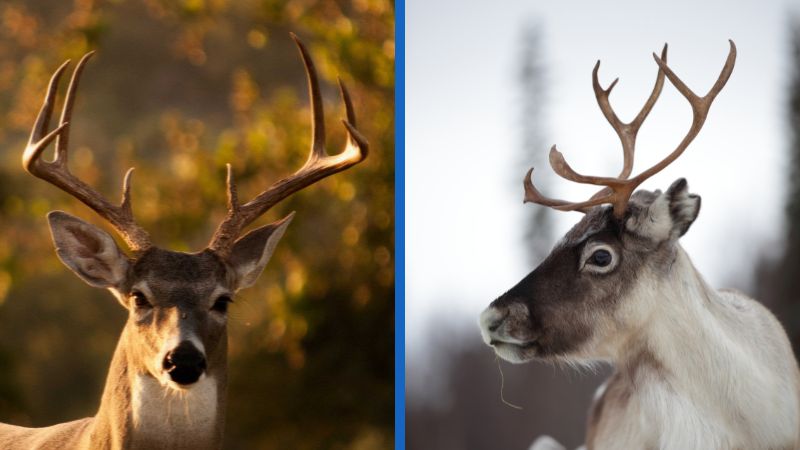
Reindeer also have unique antlers, which are large and branching. Male deer (bucks) use their antlers to fight for dominance during the mating season, while female deer (does) use them to dig for food. Deer have smaller antlers that they shed and regrow each year.
2. Diet
Reindeer are herbivores and their diet consists mainly of plants, such as mosses, lichens, and grasses. They will also eat nuts, berries, and leaves. Deer are also herbivores, but their diet is more varied. In addition to plant food, deer will also eat acorns, fruits, and nuts. Deer will even eat meat if it’s available.
Reindeer have a four-chamber stomach that helps them digest their food properly. Deer have a three-chamber stomach, which means they can’t digest their food as efficiently.
Reindeer can extract nutrients from plants that other animals can’t digest. This allows them to survive in locations where other animals would starve. Deer are not as efficient at extracting nutrients from plants, but they make up for it by eating a more diverse range of food.
3. Habitat
Reindeer live in the Arctic tundra, where the temperature can drop as low as -60 degrees Celsius (-76 degrees Fahrenheit). The tundra is a barren landscape with very little vegetation. Deer live in a variety of habitats, including forests, meadows, and even deserts.
Deer are well-adapted to living in different climates, and they can be found all over the world. Reindeer, on the other hand, are only found in cold environments.
The Arctic tundra is a harsh environment, and it can be difficult for animals to find food. Reindeer have special hooves that help them dig through the snow to find food. Deer don’t have these special hooves, but they are good jumpers and climbers, which helps them access food that is out of reach for other animals.
The global population of reindeer is around 3 million, while the global population of deer is around 30 million. Reindeer are not as common as deer.
4. Migration
Reindeer are migratory animals, and they travel great distances to find food. Every year, they migrate from their summer grazing grounds in the Arctic tundra to their wintering grounds in the taiga (a type of forest). Deer are not migratory animals, and they stay in the same area all year round.
The migration route of a herd of reindeer can be up to 4000 km (2500 miles) long. The journey is treacherous, and many reindeer die from exhaustion or predators. Deer do not have to worry about migrating, and they can stay safe in their home territory.
5. Reproduction
Male reindeer (bucks) compete for mates by engaging in ritualized fights during the mating season. The winner of the fight gets to mate with the female reindeer (doe). Deer do not engage in fighting for mates, and the males simply compete for the attention of the females.
Female reindeer usually give birth to one or two calves at a time. Deer can have up to six calves at a time.
6. Lifespan
The average lifespan of a wild reindeer is 10 years. The average lifespan of a deer is around 20 years.
There are a few possible explanations for the difference in lifespan between deer and reindeer. One possibility is that deer have a more varied diet, which gives them access to nutrients that help them live longer. Another possibility is that deer are not migratory animals, so they don’t have to endure the stress of long journeys.
7. Predators
The Arctic tundra is a dangerous place for animals, and reindeer are constantly at risk of being attacked by predators. Deer live in a variety of habitats, and they are not as vulnerable to predation.
Reindeer are often killed by packs of wolves. Wolves will kill any animal they can catch, but they prefer to prey on weaker and sick animals. Deer can usually outrun their predators, but they can be killed by a single wolf if they are caught off guard.
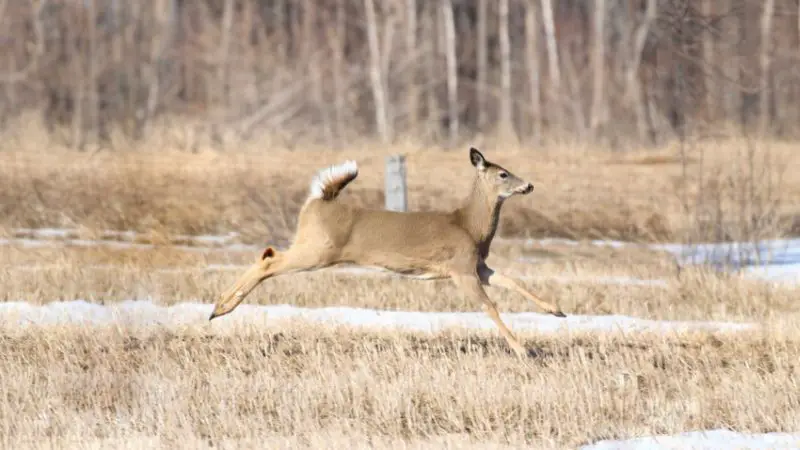
While deer have more predators, they are also more populous than reindeer. This means that deer can better withstand predation pressure, and their populations are less likely to be impacted by predators.
Comparison table
Here is a quick summary of the main differences between deer and reindeer:
| Reindeer | Deer | |
|---|---|---|
| Habitat | Only found in cold environments | Can be found all over the world |
| Migration | Migratory animals | Stay in the same area all year round |
| Features | Special hooves for digging through snow | Good jumpers and climbers |
| Mating | Bucks engage in fighting for mates | Males simply compete for attention of females |
| Reproduction | 1-2 calves per birth | Up to six calves per birth |
| Lifespan | 10 years on average | 20 years on average |
| Population | About 3 million | About 30 million |
Now that you know all about deer and reindeer, you can impress your friends with your new-found knowledge! And I’m sure you’ll no longer confuse them when you stumble upon one of them during a walk in the forest :-).
Do you love learning more about animals? Check out my other related topics:



